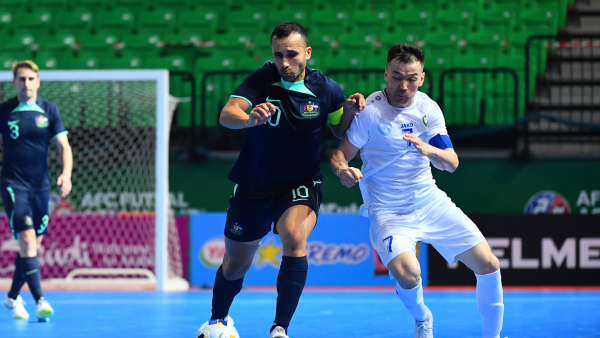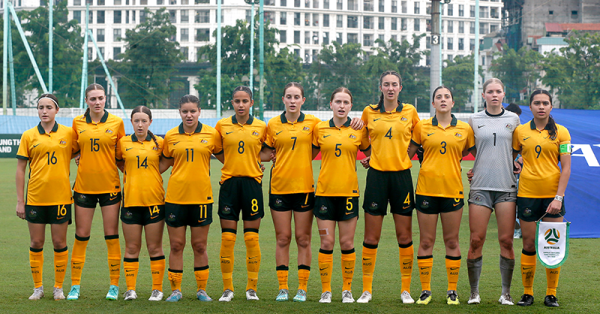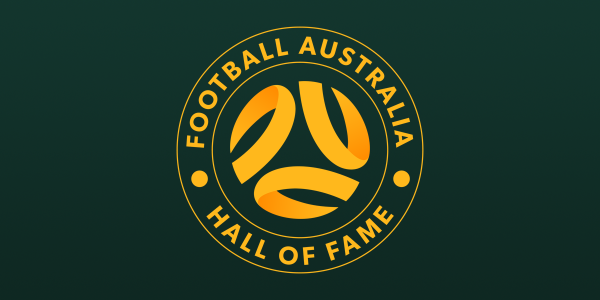Football in Australia has a big agenda.
We’re the biggest participation sport by a country mile.
We have ambitious plans for the Hyundai A-League and the Westfield W-League.
And as we have just seen in Russia, we want to be able to compete more effectively in the men’s and women’s FIFA World Cups by identifying talent in our grassroots clubs and nurturing that talent to be the best it can be.
But football also faces some challenges. Our game doesn’t yet generate the massive revenues from broadcast agreements that the other major codes enjoy. That’s why we are expanding the Hyundai A-League: to create a better competition that more people will want to watch.
In the meantime, we continue to rely on funding from a range of sources to keep building the game.
This coming financial year, the FFA Board has approved a budget that continues funding for the Hyundai A-League, prepares the Caltex Socceroos and the Westfield Matildas for the 2019 Men’s AFC Asian Cup and FIFA Women’s World Cup and sustains grassroots programs.
While the $121 million budget continues to fund the growth and development of the game overall, it also includes measures to address the challenging financial circumstances in the toughest year of FFA’s four-year cycle.
The Hyundai A-League and its 10 clubs receive the majority of funding, followed by our national teams and Member Federations
FFA is also continuing to invest in the development of its digital assets which are crucial platforms through which to engage with participants and fans into the future.
Because FFA is a not for profit organisation it is critical that we don’t slip into debt. So balancing our activities against our available resources is absolutely vital. To do all these things, we’ve had to make some hard decisions.
We’re cutting our central costs by another $1.6 million after cutting $5million last year. We have also had to reduce a number of programs.
The FFA Board has also decided, reluctantly, to increase the National Registration fee (NRF). This will be the first increase in the NRF since 2013 and it will ensure we can prepare the Matildas and other senior and junior national teams for the Women’s World Cup and other tournaments over the next 12 months.
The NRF increase is $1.40 a year for junior players (to $14 up from $12.60) and $8.00 a year for senior players (to $33 up from $25).
This decision was not taken lightly and it’s not the preferred way to fund football’s big agenda. But until commercial returns match football’s size and ambition, we will need revenue from sources like the NRF so that we can continue to fund the programs that will grow the game across Australia.



